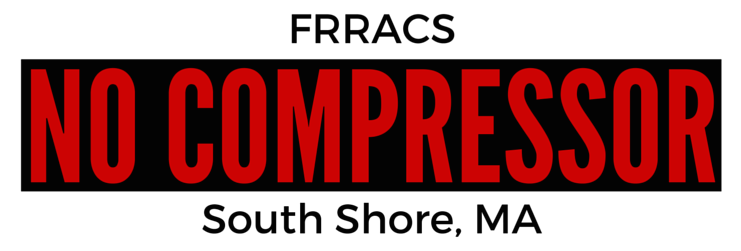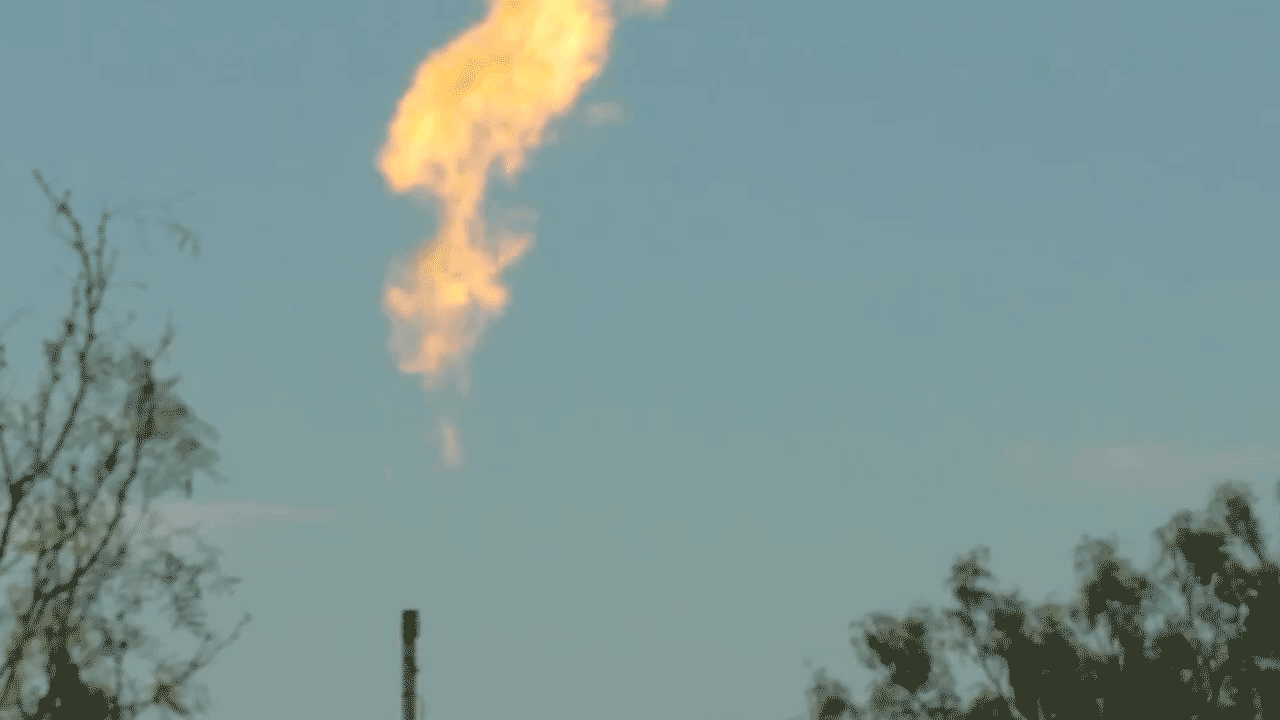Normal operations will release 10 Cancer Causing Chemicals into the air. During "blowdowns," hundreds of pounds of untreated fracked gas will be emitted into our community.
There are three types of air pollution inherent to Compressor Stations:
Normal: Operating Emissions
A thermal imaging camera shows the "invisible" emissions released by a Compressor Station, including 10 cancer-causing chemicals.
Periodic: Blowdown Emissions
During a blowdown, millions of cubic feet of untreated natural gas is released into the air. These acute releases can cause serious heath effects.
Potential: Fugitive Releases & Accidents
Compressors carry the risk of unintentional releases or accidents, the impacts of which are not considered by current regulations.
The truth is: we don't know how much pollution will be emitted by this Compressor Station. Neither does Enbridge. Or the EPA.
Fracked gas compressor stations release 10 carcinogenic (cancer-causing) chemicals (see below), but we simply don't know how much will be released into our communities. That's based on three major issues:
Enbridge can't say how many major releases will occur in a given year.
No comprehensive study of air quality in the Fore River Basin has been mandated.
The regulation of Compressor Stations is still catching up to the evolving scientific and health studies.
“The National Ambient Air Quality Standards (NAAQS) used as a benchmark for air quality were not created to assess the air quality and safety in a small geographic area with fluctuating emissions…NAAQS reflects what, over a region, over time, is deemed safe population-wide. This is very different that what is safe within for instance 1200 feet of [a] compressor station.”
"Blowdowns": What are they and what do they release?
“It is not possible to know what exactly would be emitted in a given natural gas compressor station blowdown as there is no data available.”
A "blowdown" is the process in which natural gas is emitted through a vent to depressurize the gas. These periodic releases can be scheduled, as part of an emergency, or even accidental. They are known to be the largest single emission from a compressor station. The blowdown releases a gas plume that extends 40-60 meters in the air. A blowdown can last up to three hours, with the first 30-60 minutes being the most intense. People living near compressor stations have reported incidents of odors and burning eyes, headaches and coughing, during blowdowns. [Source: SWPA-HP Report]
There is no way to know how many blowdowns will occur in a year, and thus no way to adequately predict the acute and chronic health impacts. Plus, preliminary EPA research shows that Compressor Station "emissions typically increase over time as the compressor components begin to degrade," so the impact to the South Shore will only worsen over time.
Click to expand
Carcinogenic Chemicals Emitted by Fracked Gas Compressor Station:
Enbridge’s own Air Quality Report shows that the following carcinogenic (cancer-causing) chemicals will be emitted from the Weymouth Compressor Station. They downplay the amounts that will be released, but do we really want more of these chemicals released into our communities?
1,3-Butadiene
Acetaldehyde
Acrolein
Benzene
Ethylbenzene
Formaldehyde
Naphthalene
Propylene oxide
Toluene
Xylenes
Why "average emissions" are not an accurate measurement of impacts
A study by the Southwest Pennsylvania Environmental Health Project outlines the inherently flawed science used to measure emissions. By allowing emissions to be annualized (spread out over a year), the true health impacts of these spikes in pollution from blowdowns are minimized, and Compressors are considered "minor polluters" under the Clean Air Act.
As a result, Compressors get built and the surrounding communities are involuntarily committed to being a part of an ongoing experiment as to their true health impacts. Our Federal regulators are woefully behind the times in catching up to the rapid growth of the Natural Gas industry.
In 2016, the EPA announced it is taking steps to measure, monitor, and curb methane emissions from Oil and Gas sources.













